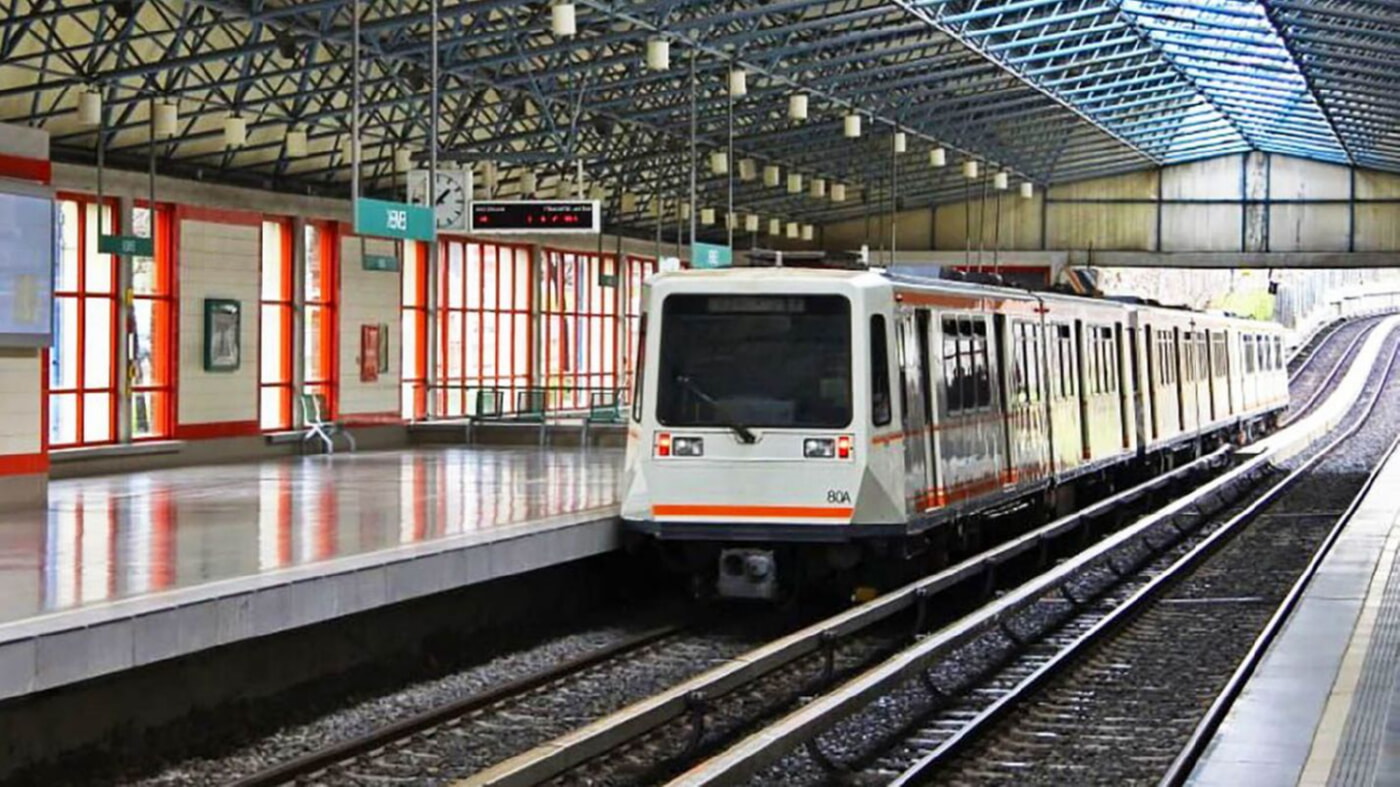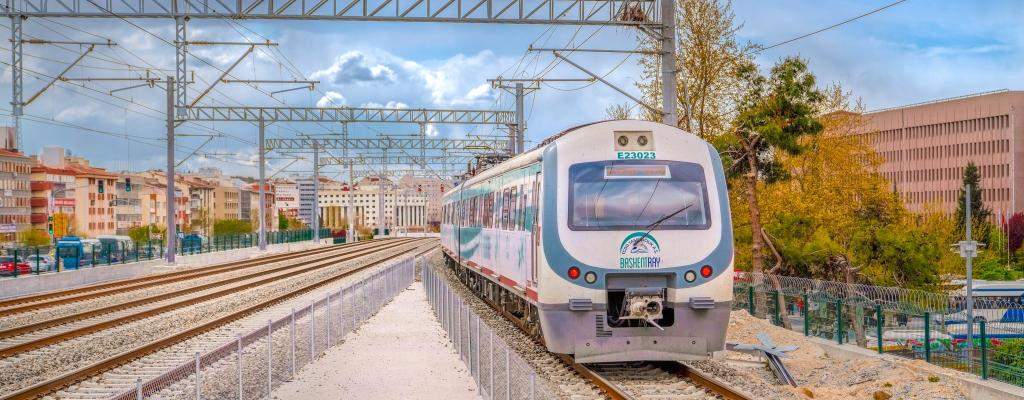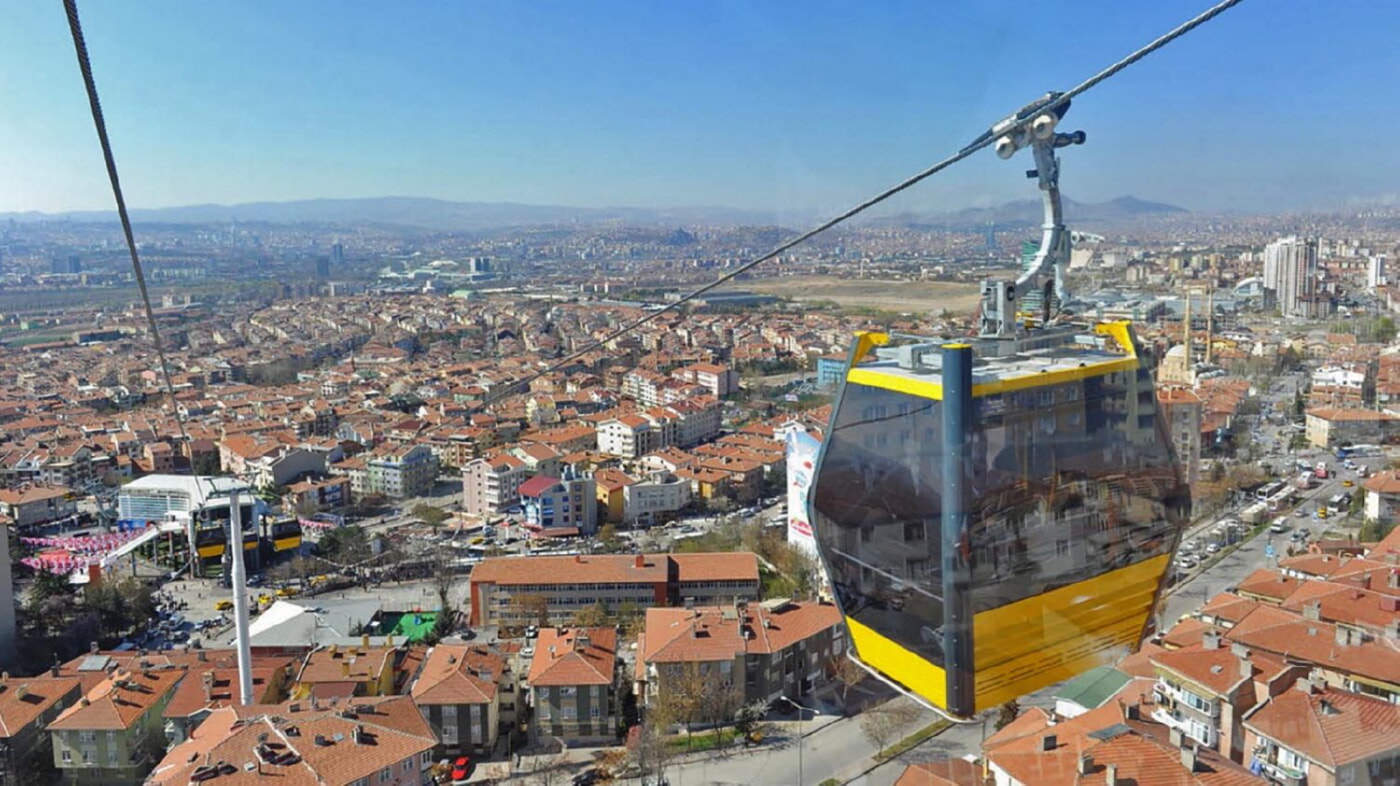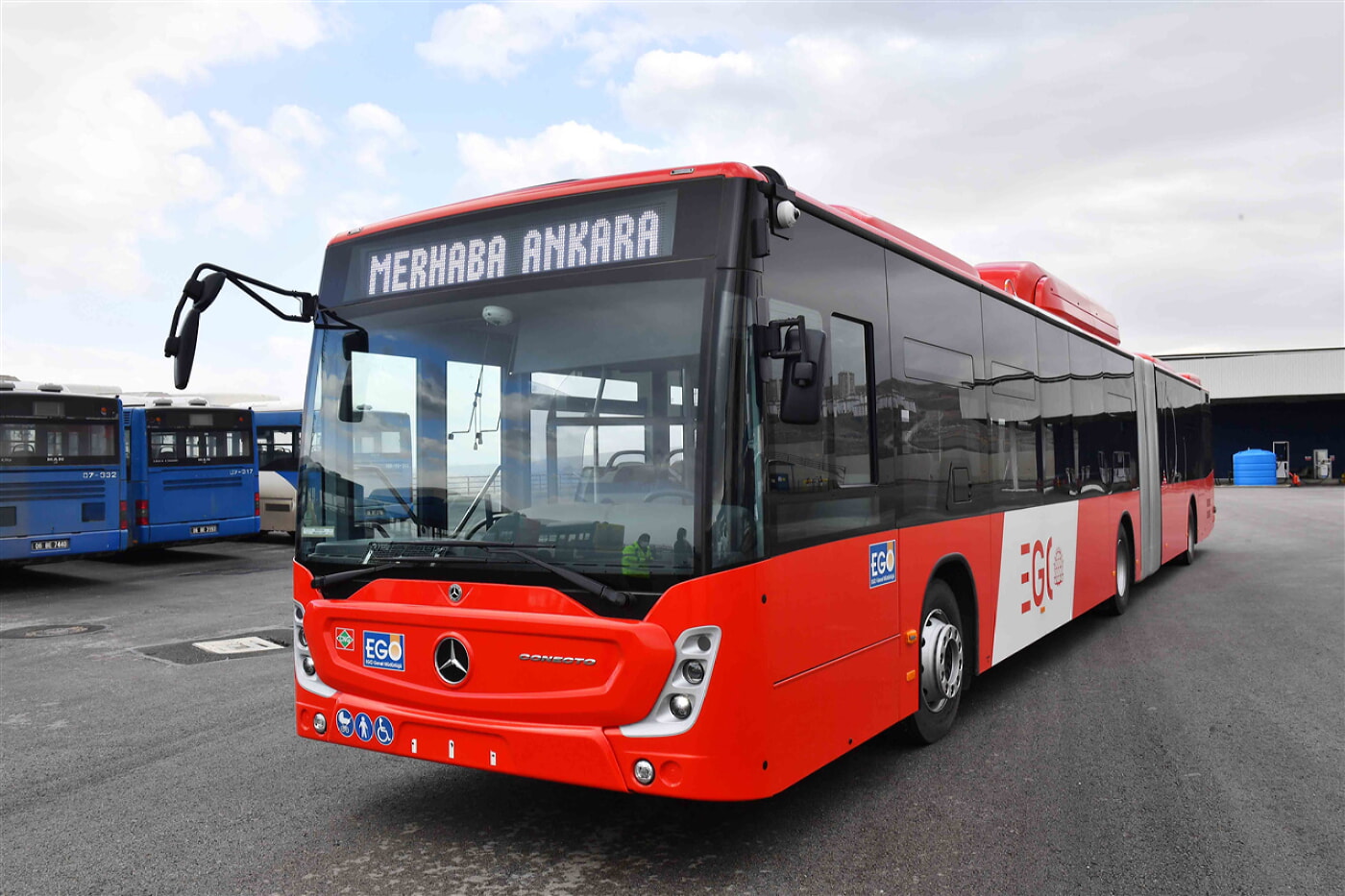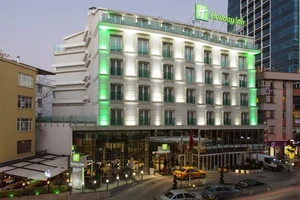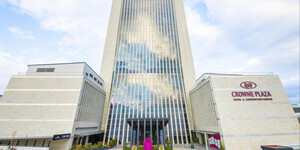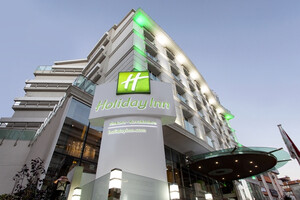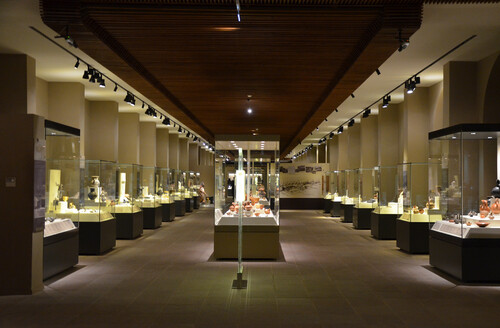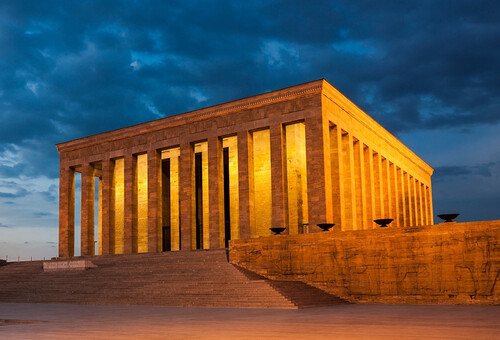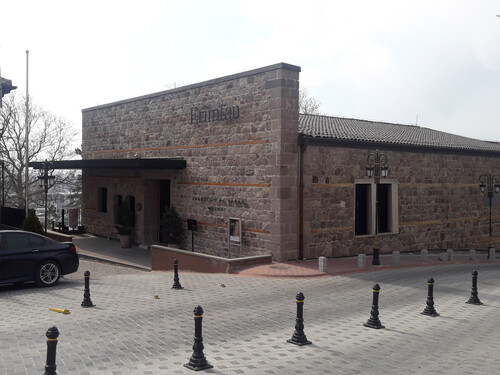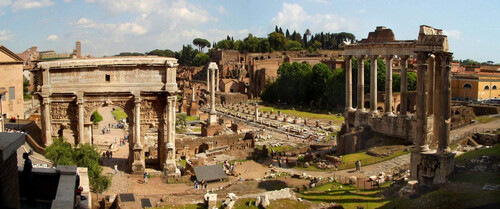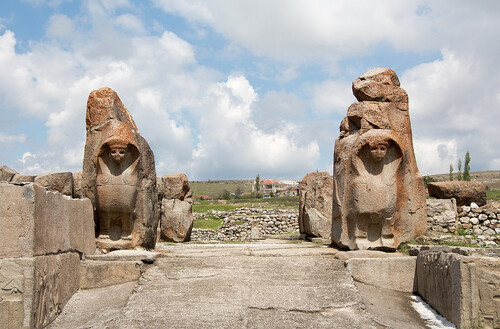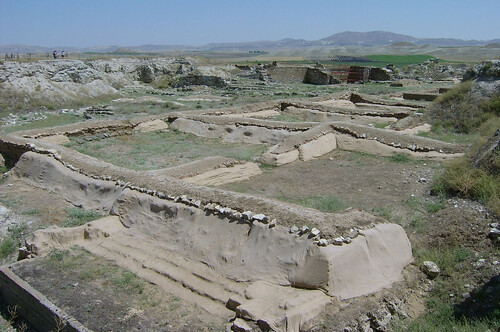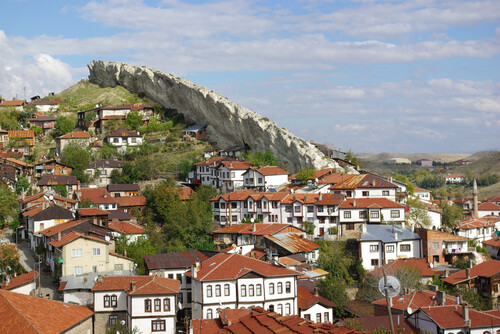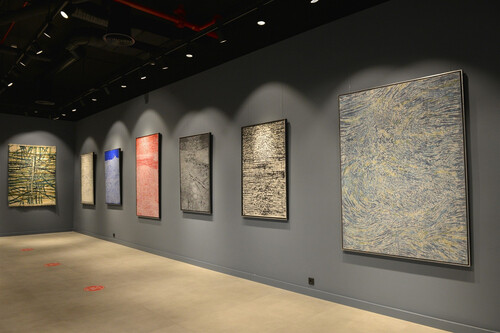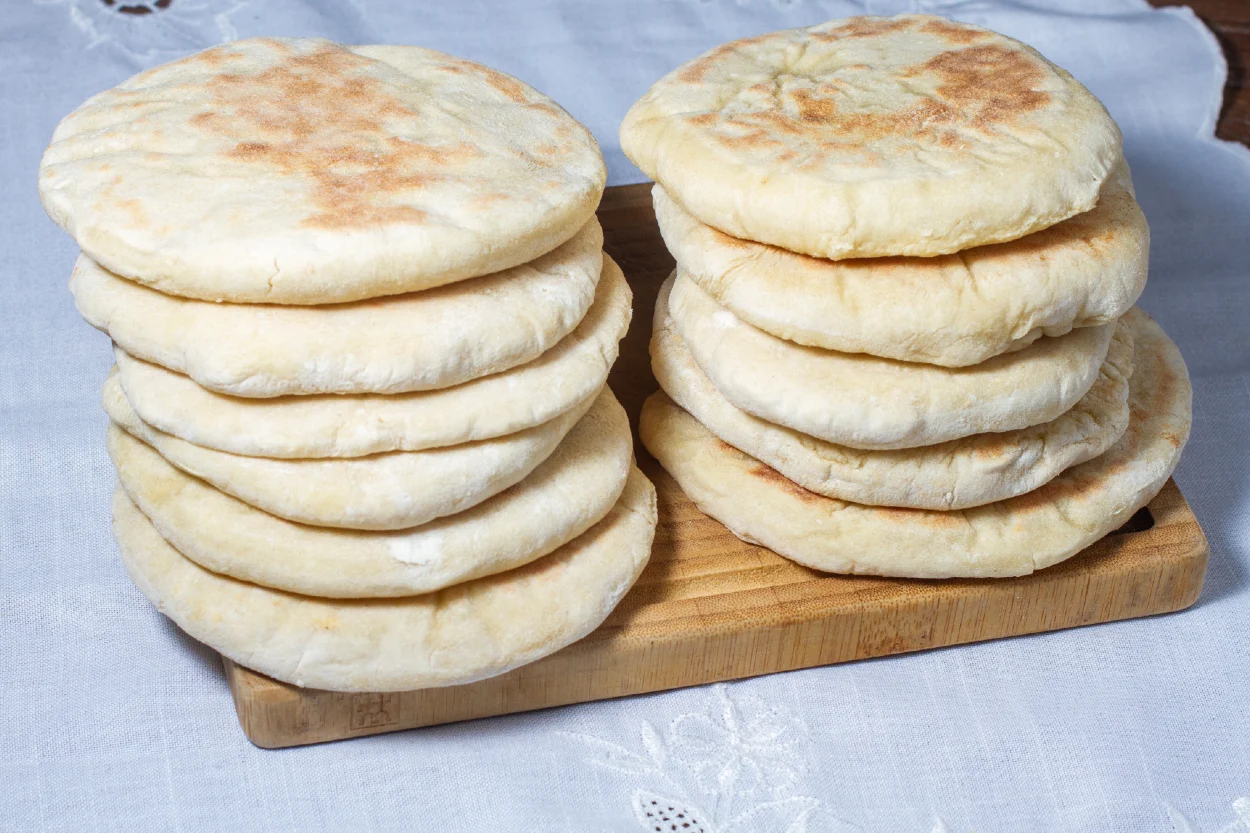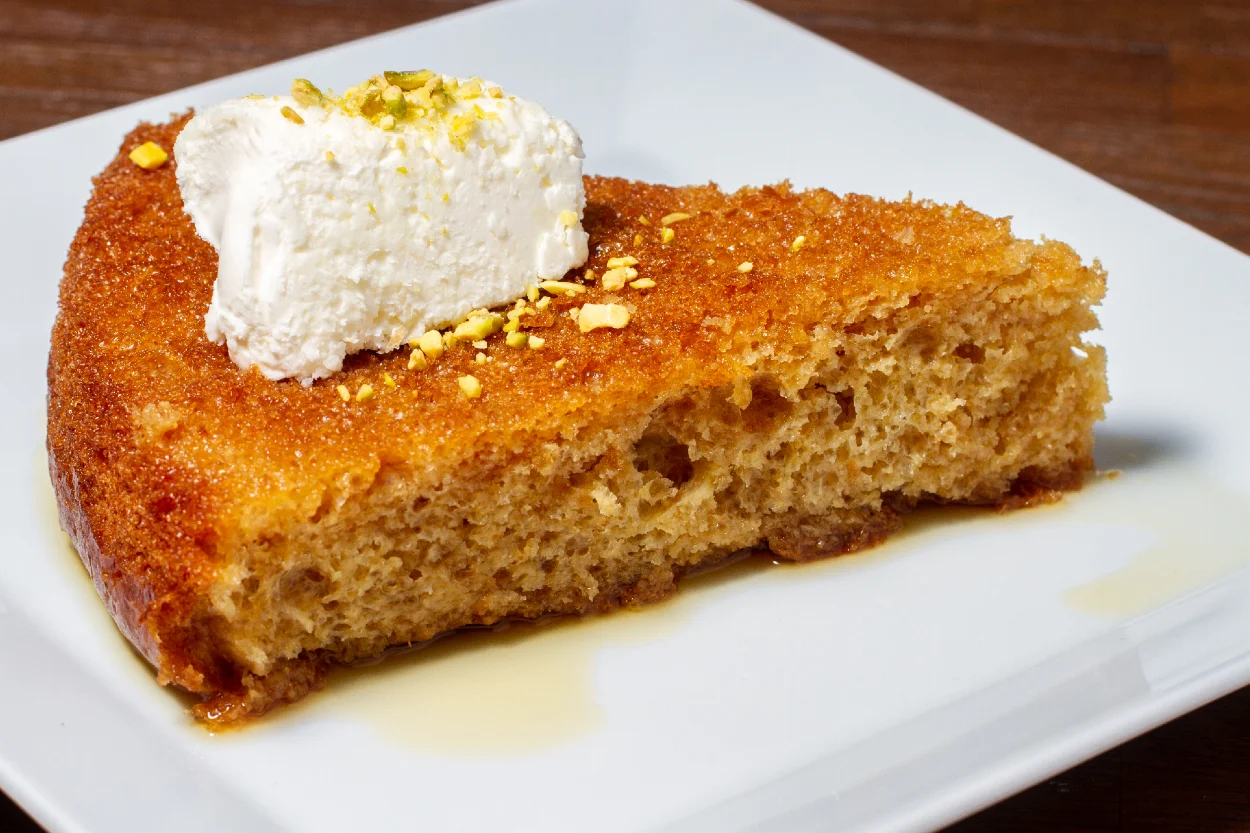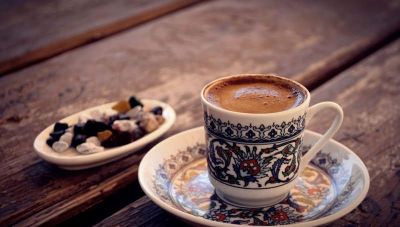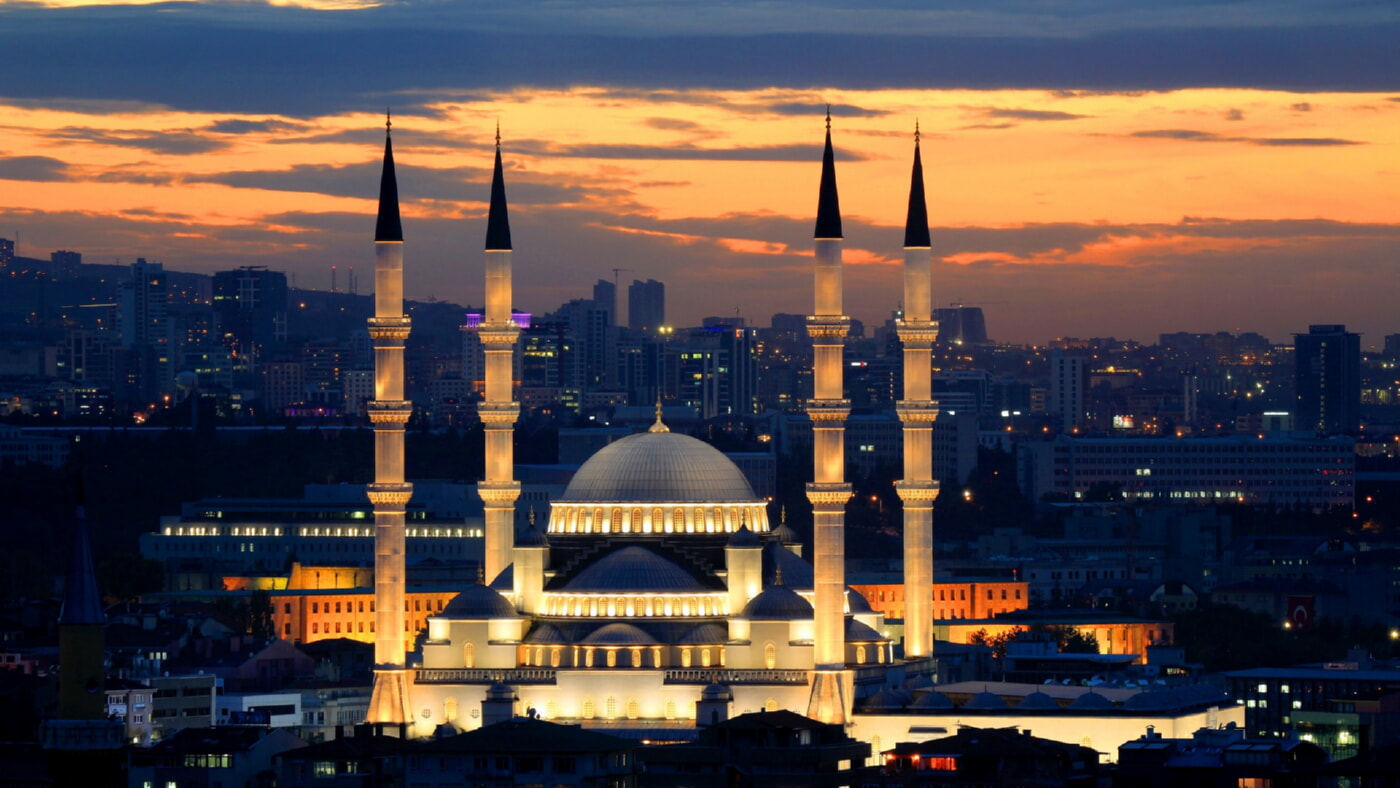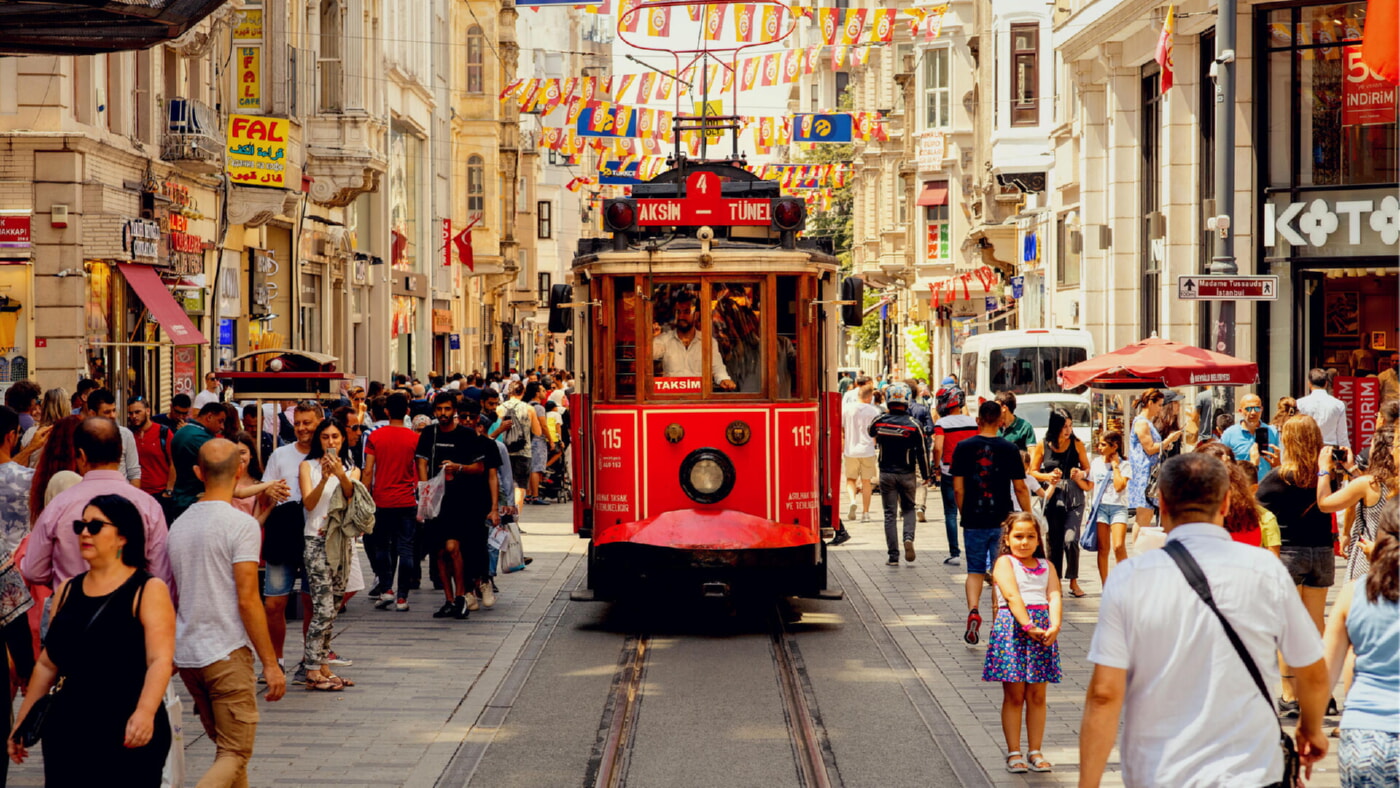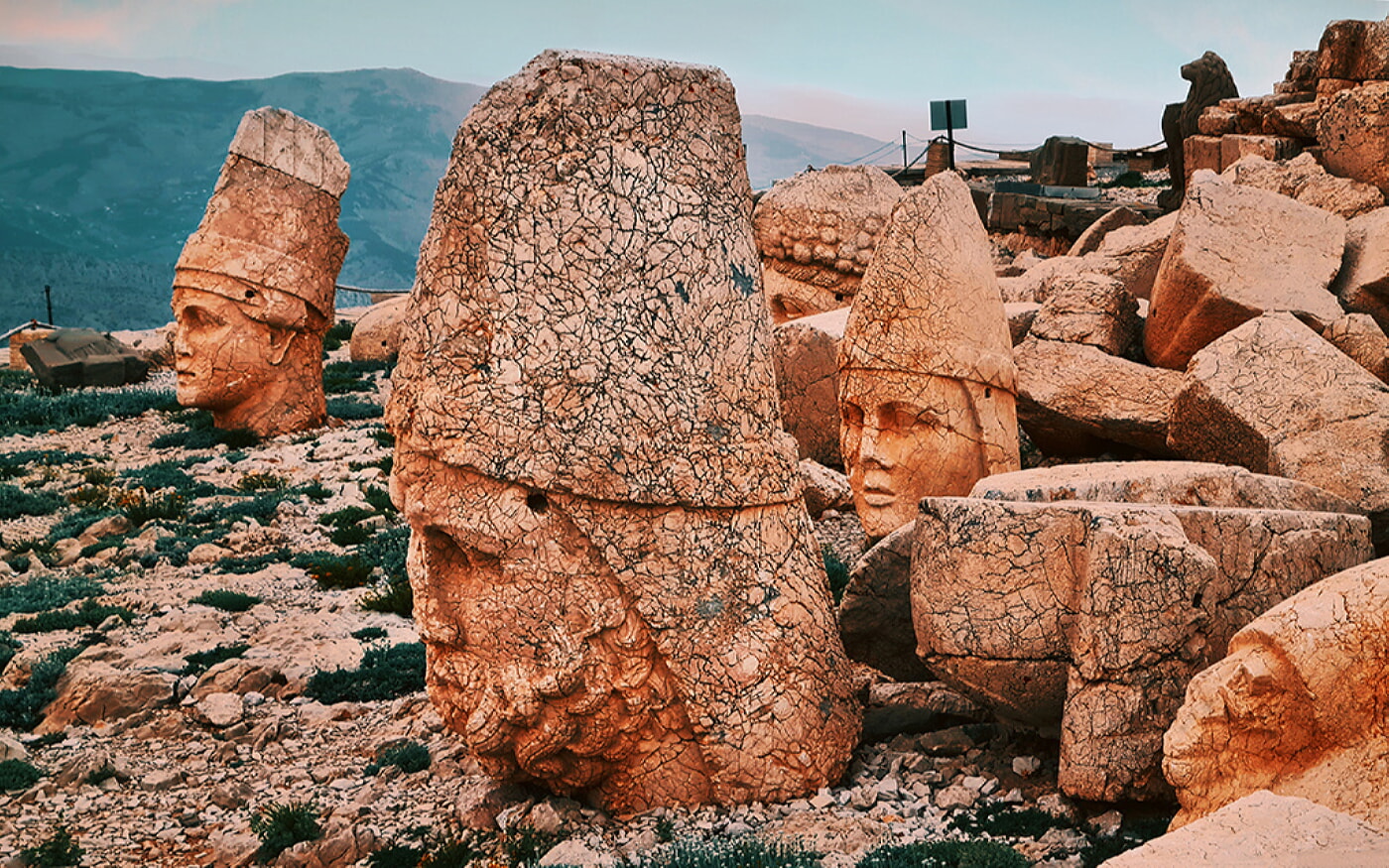Ankara was a small town of few thousand people, mostly living around Ankara Castle, in the beginning of the 20th century. The fate of the city has changed, when Mustafa Kemal Atatürk and his friends made Ankara the center of their resistance movement against the Allies in 1920, and established a parliament representing the people of Turkey, against the Allies’ controlled Ottoman Government in the occupied Istanbul of post World War I. Upon the success of the Turkish War of Independence, the government in Istanbul and the empire is abolished by the Grand National Assembly of Turkey in Ankara in 1923, and the Republic of Turkey is established. When you look at the modern Ankara of 5 million people today, almost all you see is built afterwards.
This doesn't mean that Ankara does not have history. Located in the center of Anatolia, Ankara’s history goes back to second millennium BC. Footsteps of Hittites, Phrygians, Lydians, Persians, Greeks, Galatians, Romans, Byzantines and the Turks are still present.
The name Ankara is originated from the Celtic word of Ancyra, meaning Anchor. The original reason of the use of the name anchor in an inland city is not certainly known, but there are several different myths. King Midas, whose touch has turned everything into gold in the mythology, is buried in the ancient site of Gordion, in suburban Ankara.
If you are traveling through Ankara’s Esenboga Airport, look to the wide fields around. This is where Timur the Lane defeated Ottoman sultan Bayezid I in 1402, on the great Battle of Ankara. The district of Esenboga keeps its name since then, as one of Timur’s famous generals and the commander of his famous elephant fleet “Isin Boga” has set his base here.
Ankara is recaptured by the Ottomans in 1403, and remained under Turkish control since then.
Features
Apart from the old town in and around the citadel near Ulus and unplanned shantytown neighbourhoods inhabited by people from rural areas in the last five decades, most of Ankara, which was a provincial town of 20,000 people in the early days of the Republic, is a purpose-built capital due to its strategic location at the heart of the country. The history of settlement in the area is millenia old.
The biggest claim to fame of the town used to be the long-haired local breed of goats named after former name of the city (Angora), out of which high quality mohair textiles were produced, today the only place where you can spot them in city is the lawns on the side of a clover-leaf interchange on the highway west—in the form of cute sculptures.
Ankara being a young and modern city makes her face an identity problem. The increase of population from couple thousand to several million in less than a century means that almost everyone came here from somewhere else. Finding a native "Ankarali" is challenging, as a result. The population and culture of Ankara, therefore, is a mixture of everything Turkey offers, with people of origins from all cities of Turkey.

